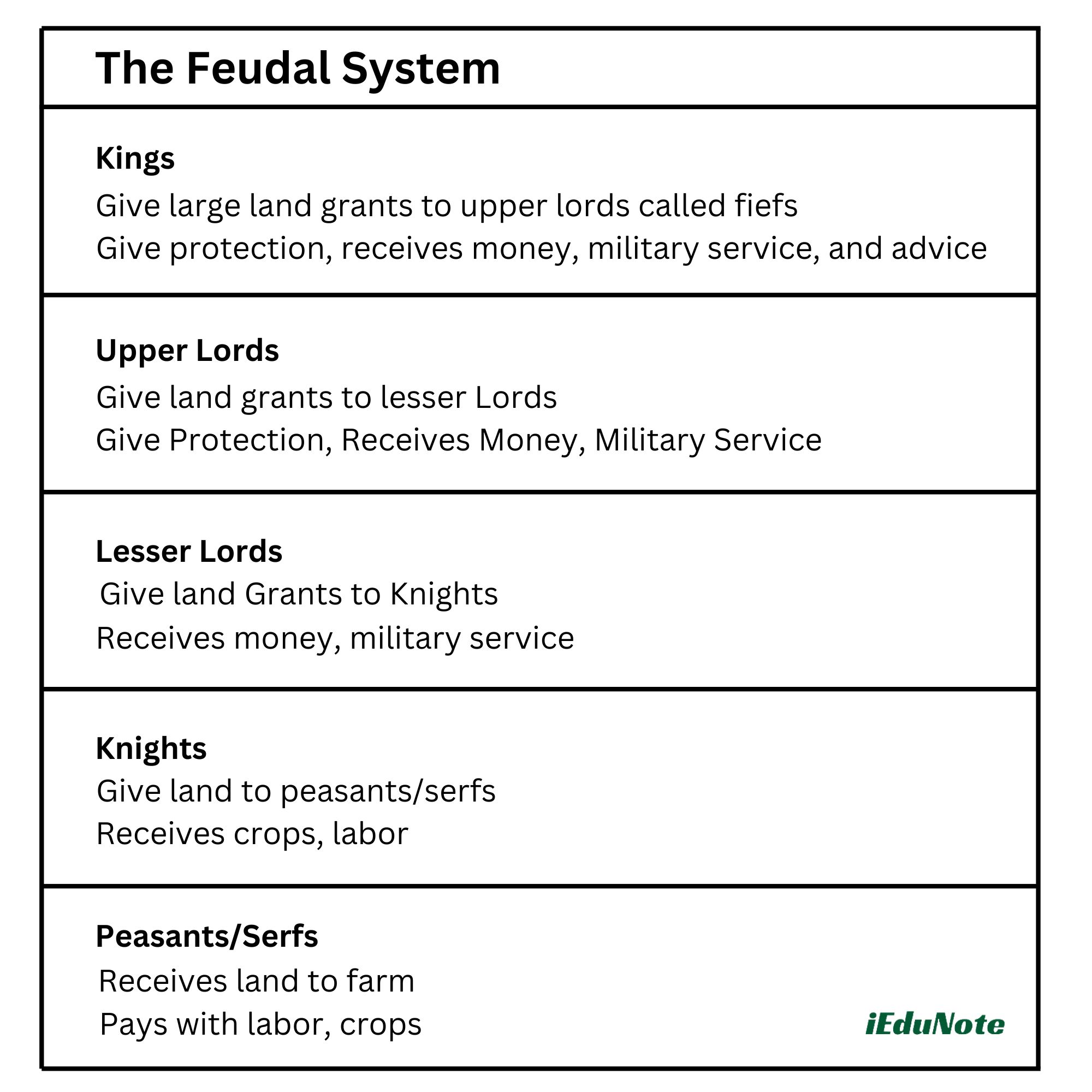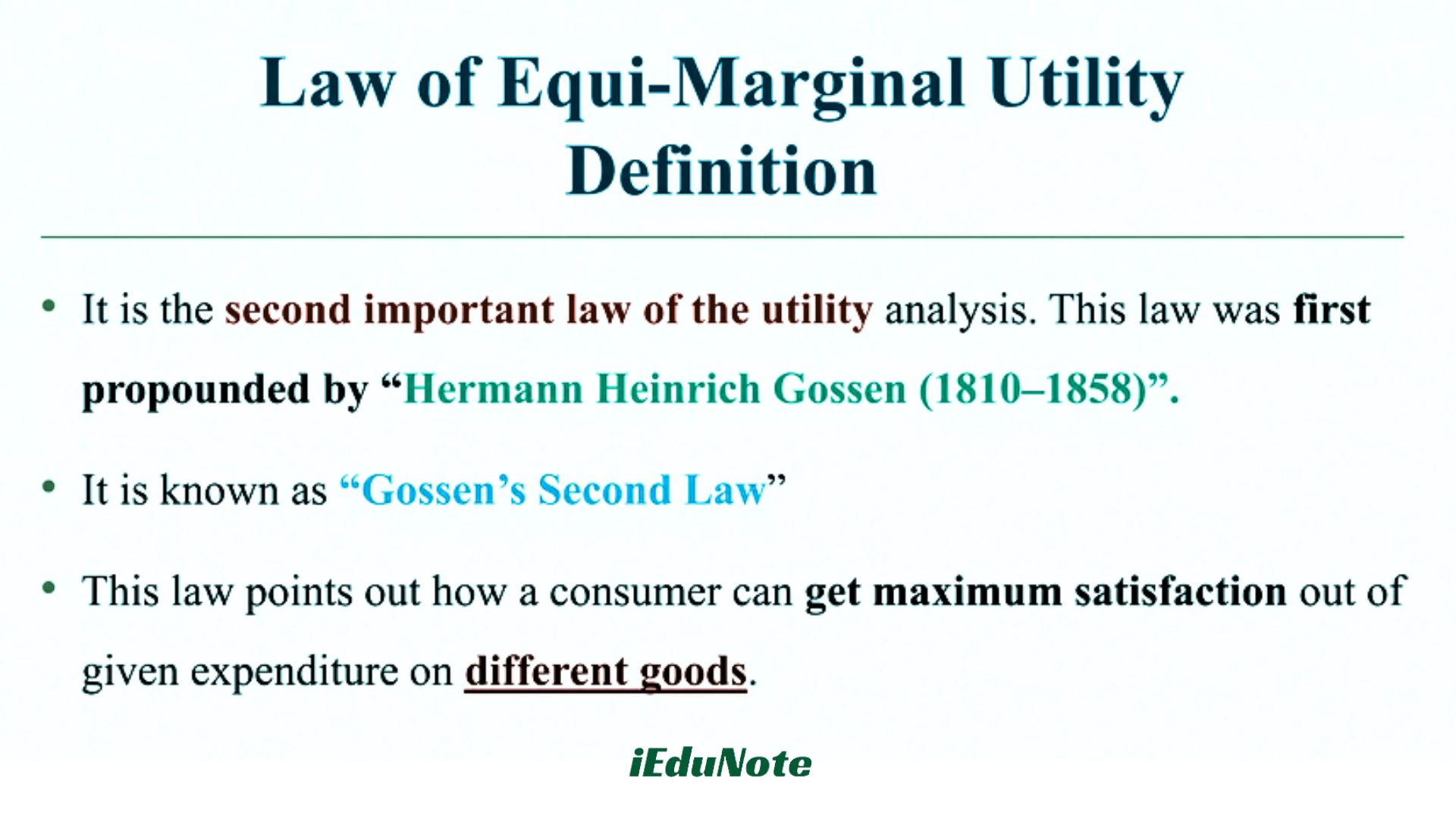The evolution of the world economic system refers to the evolution of political and economic concentrations. It is the network of linkages that tie together the various countries of the world.
Political Economy
The attempts to merge economic analysis with practical politics to view economic activity in its political context.
Much of classic economics was political economy, and today political economy is increasingly being recognized as necessary for any realistic solution of development problems.
The existing world economic and political systems have not been developed in a day.
It is the result of the continuous effort made by the wealthier people to get more and more, on the other hand, the struggle of the people living at the subsistent level.
Medieval Feudal Economics/Feudalism (Middle Age of History)

Period: 1100 AD-1400 AD
The attitude and structure of feudal systems. Feudal systems refer to an economic relationship that existed during the Middle Ages in Europe.
Under these systems, people received land from a nobleman and worked and fought for him in return. This relationship was prevailing regional context and was limited in scope.
- Feudalism was a social, political, and economic system that dominated all aspects of medieval life.
- The economic portion of feudalism was centered on the lord’s estates or manors and is called manorialism.
- A lord’s manor would include peasant villages, a church, farmland, a mill, and the lord’s castle or manor house.
- Manors were self-sufficient; all economic activity occurred in the manor.
- This meant that little to no trade occurred during this period. Most of the peasants during the Middle Ages were serfs. Serfs were generally farmers who were tied to the land.
They were not slaves because they could not be bought or sold, but they could not readily leave the manor either. Serfs were given land to farm in exchange for service to their lord. This service usually involved working the lord’s fields, maintaining roads and the manor, and providing military service in times of war. Serfs paid taxes to their lord in the form of crops. - The lords had responsibilities also under this system.
- In return for the service and fees paid by the peasants, they provided land and protection to them. Lords also had to pay fees and give service to high lords and the king.
Effect of Feudalism

Features of Feudal Economic Structure
- Church formed the apex of the socio-economic structure as it frowned on materialistic values and the development of commercial and industrial activities.
- Most societies were self-content with a production structure characterized by subsistence and self-sufficiency in almost every respect.
- Spatial interaction was essentially domestic, local, and regional at most.
- The development of technology remained at a rudimentary state.
Mercantilism

Period: 1600-1800 AD
Mercantilism was the main economic theory in the 16th to 18th centuries. Governments regulated their economies to limit imports and maximize exports.
It was believed that by doing this, the nation’s wealth would increase because of the surplus in the country’s balance of trade.
The trade balance was represented by how much gold and silver bullion the country held in its treasury.
- To maximize their trade, countries made efforts to expand overseas shipping.
- This required a strong naval force to protect the commercial vessels. As a result, England, France, Portugal, and Spain were often at war in an attempt to dominate the seas. On the positive side, mercantilism encourages an increase in European global exploration as countries search for new sources of raw materials.
Economic Benefits from Mercantilism
The spread of mercantilism defied the reigning of church-dominated feudal production structure in the socio-economic field.
- Commercial production of goods surfaced as an important economic activity.
- Land, labor, and capital entered into the market as a commodity, i.e., the buying and selling of factors of production started.
- Cities become centers of production. Therefore, the number and size of cities started to grow at an accelerated pace.
- Capital accumulation started which is essential for dynamic economic growth by the profits from mercantilist trade.
- All of these provided the groundwork for the Industrial Revolution in England in the late 18th century.
Slave Trade

Period: 1700- Very early 1800 AD
The history of the transatlantic slave trade.
- Slave trade involved a massive transfer to the new world of able-bodied young Africans, the large majority of whom were males between approximately 15 and 35 years of age.
- In some cases, slave traders began to transfer younger persons under 15 years of age, but rarely older persons, whose productive potential was limited.
- Between about 1500 and 1900, Europeans forcibly uprooted millions of people from throughout West Africa and West Central Africa and shipped them across the Atlantic in conditions of great cruelty.
- To refer to the Africans who were enslaved only as ‘slaves’ strips them of their identity.
- They were, for instance, farmers, merchants, priests, soldiers, goldsmiths, and musicians. They were husbands and wives, fathers and mothers, sons and daughters.
- European slavers dispersed them across the Americas to lead lives of degradation and brutality, without thought for their personal lives.
- Millions died in the process. As a result, people of African descent are spread throughout the Americas and Western Europe.
- Almost 30 million people were removed from Africa during the slave trade era.
- The slave trade movement not only created a systematic linkage between Africa and the new world of South and North America and the West Indies, but it made possible the European-based exploitation of resources in the new world.
Capitalism

Characteristics of Capitalism
- Markets: buyers and sellers of goods & services at agreed-upon prices.
- Market types: perfect competition – monopoly – oligopoly (and other types).
- The profit incentive = revenue – cost.
- Dynamic behavior of buyers and sellers, including incentives from innovation in products and production processes.
- Finance: Replacing barter with money, and institutions to handle and regulate money.
- Uneven development is an inevitable outcome, historically persistent, at scales ranging from local to global.
- Long-distance trade – fueled by transport innovation – allows regional specialization based on the principle of comparative advantage.
- Ideological change – printing/reading, religion, science, the Enlightenment – “a worldview that stressed secularism, individualism, rationality, progress, and democracy.”
The Industrial Revolution
The industrial revolution, which began in England in the late eighteenth century.
- These new advances changed production technology dramatically, and in the process, the role of capital shifted to a central position.
- The textile industry, probably the most important industrial sector in England at that time, was greatly affected by this production technology change.
- The revolution that has made the development of Britain & USA, as well as other European nations into industrial societies in the 18th century.
- It gave birth to industrial systems. The revolution that made the transformation of the agricultural population into an industrial population.
Industrial change
Things started to be done with machines rather than manual labor that enabled the division of labor.
- A variety of goods started to manufacture in large quantities in factories rather than at home.
- Growth of capitalist industries, created surplus wealth owned by capitalists.
- Growth of textile industries.
- Roads and sea transport for easier transfer of goods even heavier.
- Arise the necessity of co-operative efforts i.e. formation of corporations and private ltd. Company as capital goods become more expensive.
- Britain and other European countries established themselves as not only a workshop but also the shipper, trader & to a great extent a banker of the world.
- The production of coal and iron was speeded up during this period.
- Machines produced much more than what was necessary for the domestic market, hence arise the necessity of foreign market for the disposal of the surplus output.
- It led to international economic dependence (England exported industrial goods in exchange for food.
- Production of industrial goods along with consumer goods started.
- It led to the production of capital at such a pace that there was a capital glut.
- The industry became a big field for investment.
Colonialism

Colonialism is the establishment, exploitation, maintenance, acquisition, and expansion of a colony in one territory by a political power from another territory.
- It is a set of unequal relationships between the colonial power and the colony and often between the colonists and the indigenous population.
- The European colonial period was the era from the 16th century to the mid-20th century when several European powers (particularly, but not exclusively, Portugal, Spain, Britain, the Netherlands, Russia, and France) established colonies in Asia, Africa, and the Americas.
- At first, the countries followed mercantilist policies designed to strengthen the home economy at the expense of rivals, so the colonies were usually allowed to trade only with the mother country.
- By the mid-19th century, however, the powerful British Empire gave up mercantilism and trade restrictions and introduced the principle of free trade, with few restrictions or tariffs.
- Colonization allowed Britain to monopolize the markets and raw materials of its colonies, thereby neutralizing competition.
Economic Benefits from Colonialism
As Mill pointed out, the colonization of resource-rich territories in Africa, Asia, Latin America, and elsewhere guaranteed a productive outlet for the use of excess capital generated in industrial countries.
- In addition, Mill discussed many other benefits that the colonial power of Western Europe derived from formal colonization.
- First, the employment of capital in the colonies helped increase Europe’s profits by maintaining the productivity level of capital that remained behind in Europe.
- Second, colonization provided guaranteed access to raw materials and markets for Europe’s industries.
- Third, aristocratic consumers in Europe had come to savor exotic, high-quality foreign products, for example, silk and porcelain from China, tea and spices from India, not to mention gold and diamonds. Colonization allowed Europeans ready access to all these products at minimal prices.
- Fourth, colonization provided a crucial safety value releasing an increasing number of domestic unemployment and underemployed people for work in the colonies.
- Finally, colonies became a cheap source of food products for the colonial powers. By shipping cheap agricultural products back home to feed the industrial labor force, inflation was controlled, and wages could be kept lower.
Mechanisms of the Modern World Systems
We can identify several mechanisms of the modern world system that maintain the dependency relationship established in a previous era. These include international trade, multinational corporations, international labor migration, foreign aid (both economic and military), and technology transfer.
Multinational Corporations

Multinational Corporations (MNCs), also known as transnational corporations, are interrelated with international trade, foreign trade, foreign aid, and technology transfer in many ways.
- In a sense, MNCs are a modern version of the mercantilist trade, but the mode of operation is very different.
- MNCs are primarily private firms and companies that have legitimately, and with the consent of host governments, established branch operations in foreign countries.
- These companies command vast amounts of resources in the form of capital, technology, managerial expertise, and information. Many of these firms are on the forefront of product innovation, research, and development.
Functions/Operations of Multinational Corporations
- Direct foreign investment and the trade of goods and services provide examples of how multinational firms operate across national boundaries.
- From the locational perspective of economic geography, multinationals have truly internationalized the space economy.
- The fundamental concern in the locational decision of MNCs is to select a location or locations that minimize the total cost of production, including the cost of transportation, and thus maximize the total volume of profit.
- In this regard, multinationals provide a classical example of efficient and effective locational decision-making concerning the establishment of their activities at the international scale.
- MNCs often separate the various operations of the firm locationally in such a way that they can take advantage of inexpensive raw materials, a cheap labor force, and the large markets of the third world.
- Each firm maintains a global operating network.
- MNCs invest excess capital in underdeveloped countries where this resource is scarce and labor and raw materials are readily available.
Economic Benefit from Multinational Activities
- It enhances accessibility to necessary production inputs.
- Reduces total production costs, including the cost of transportation.
- Enlarges markets and thus increases the margin of profit for multinational corporations.
- MNCs play an important role in the development process of underdeveloped countries.
- MNCs make direct investments in these countries, transfer advanced technologies, create jobs for their unemployment, and help them harness natural resources.
- Some MNCs are involved in primary and extractive activities, such as agriculture, forestry, and mining.
- Others are engaged in manufacturing activities, such as textiles, apparel, automobiles, or electronics.
- The capital and technology that MNCs transfer to host countries are very specialized.

